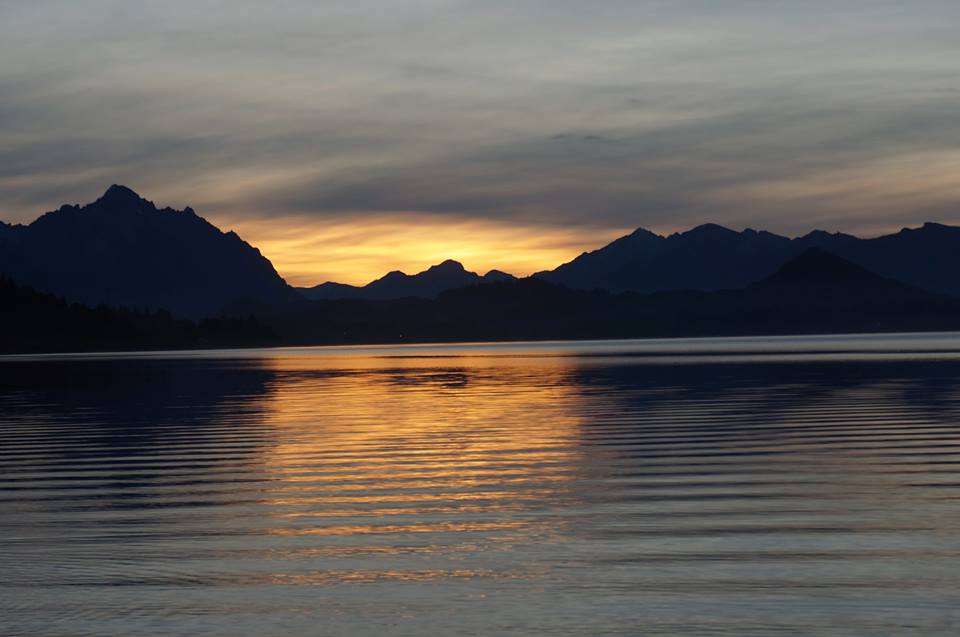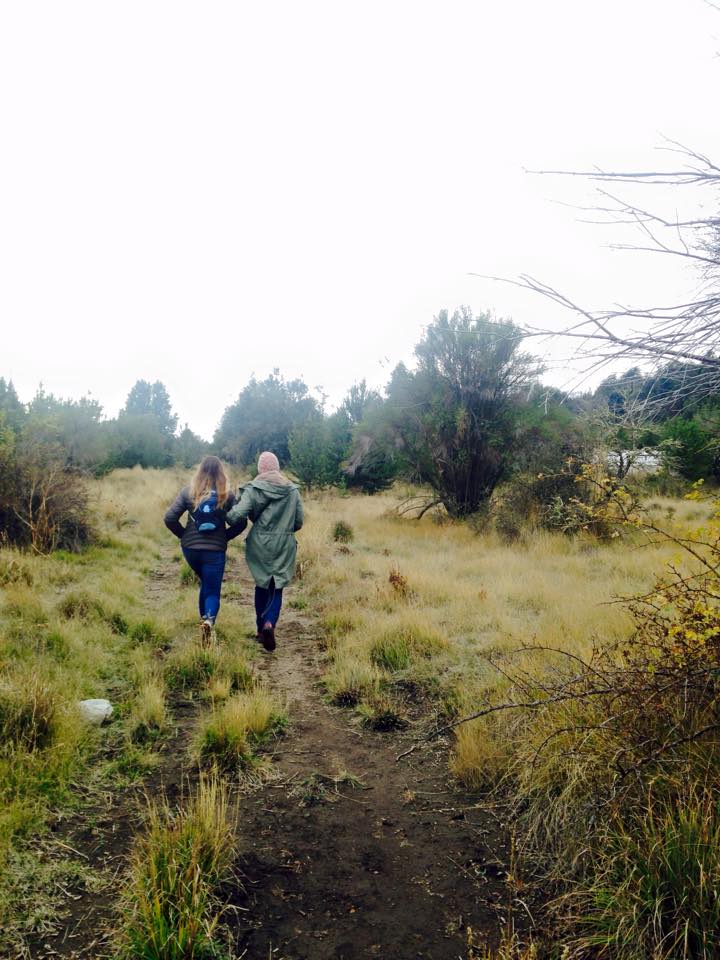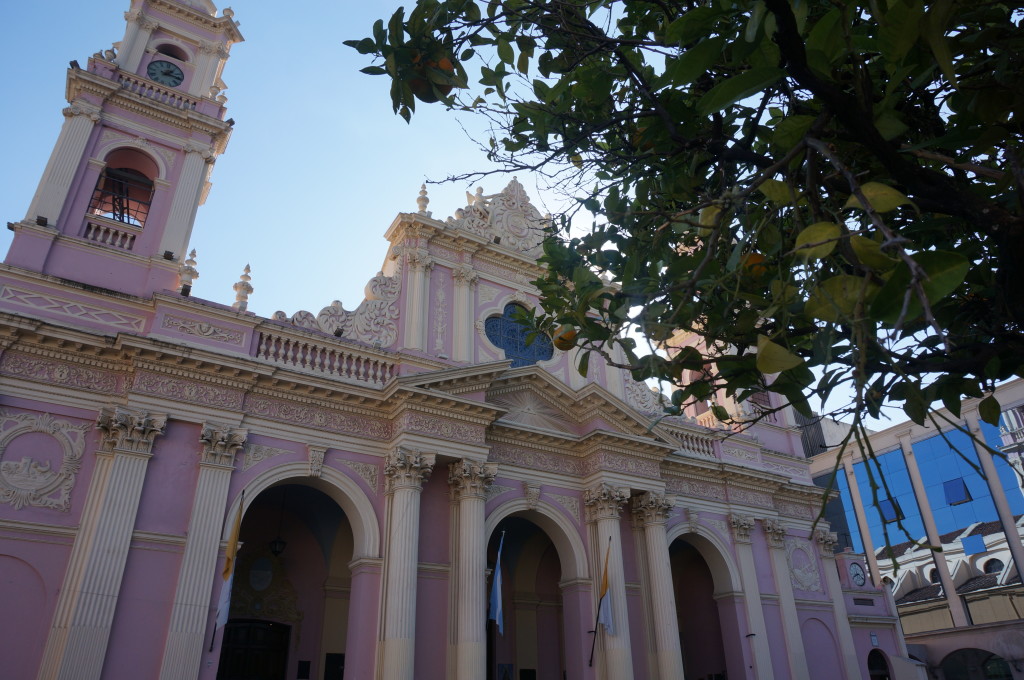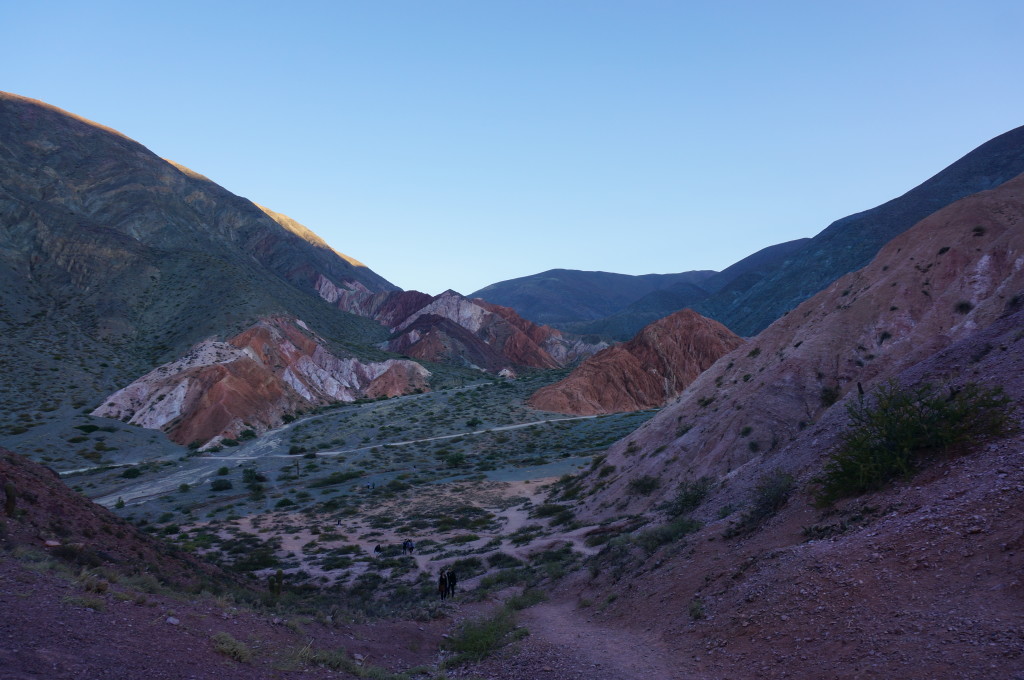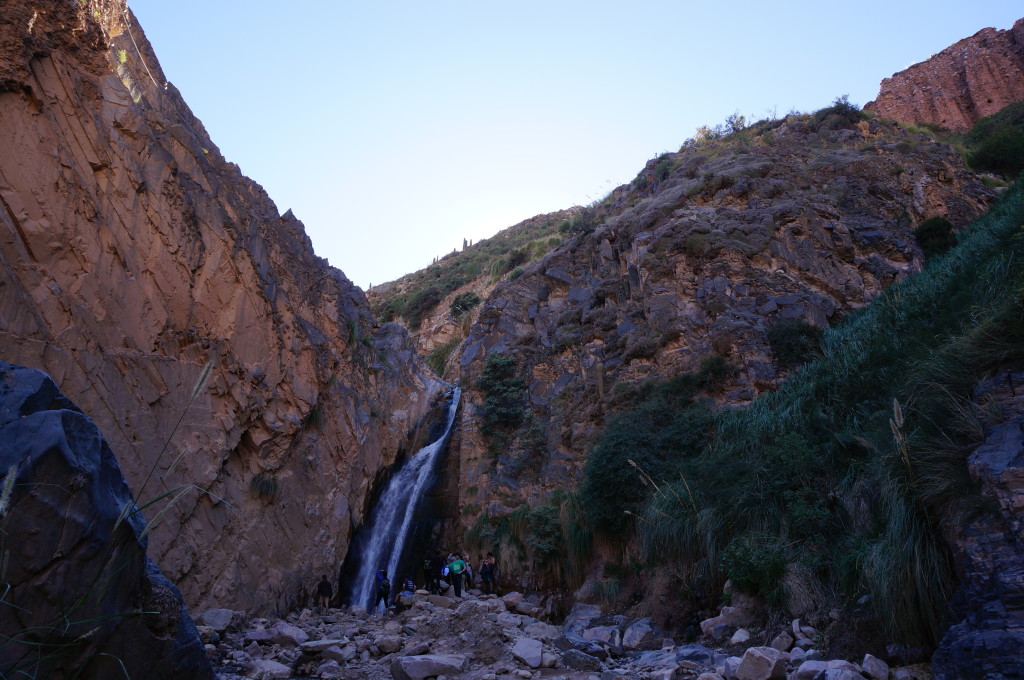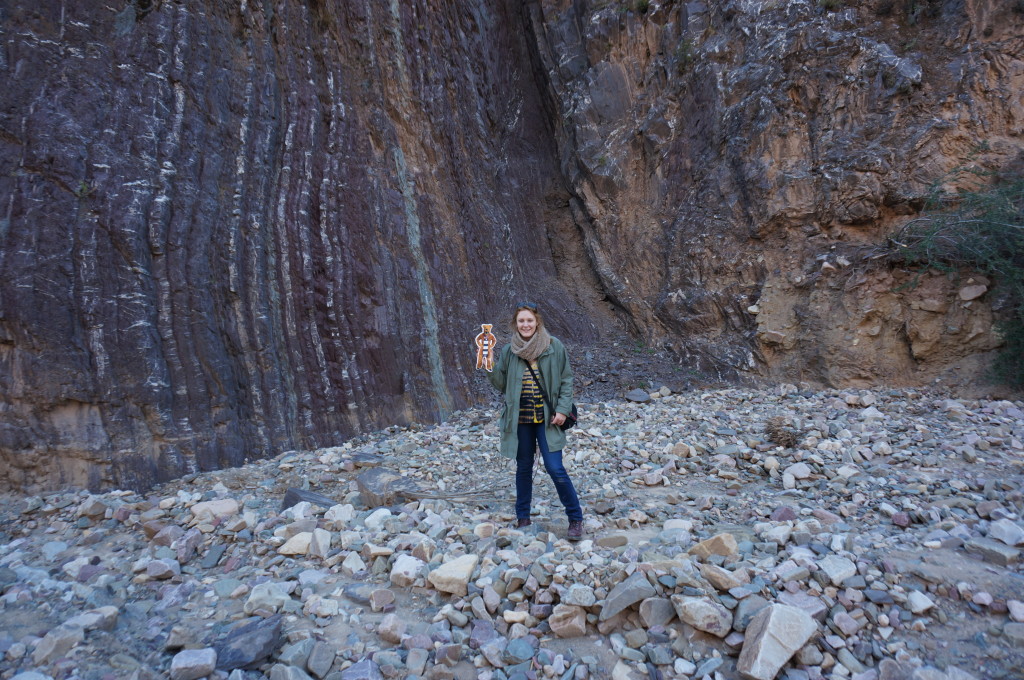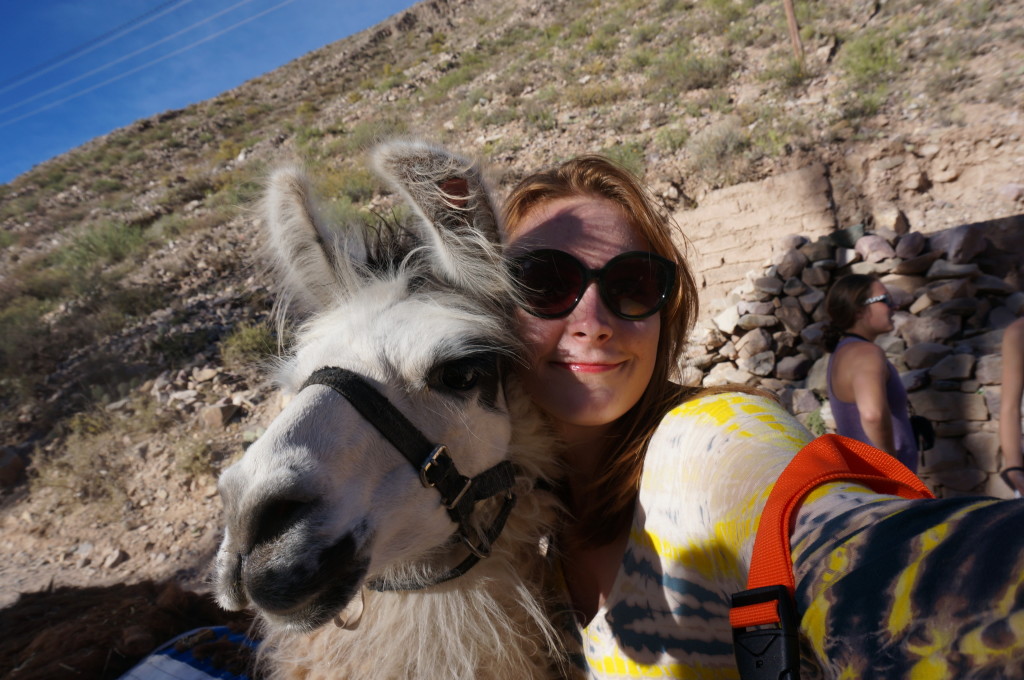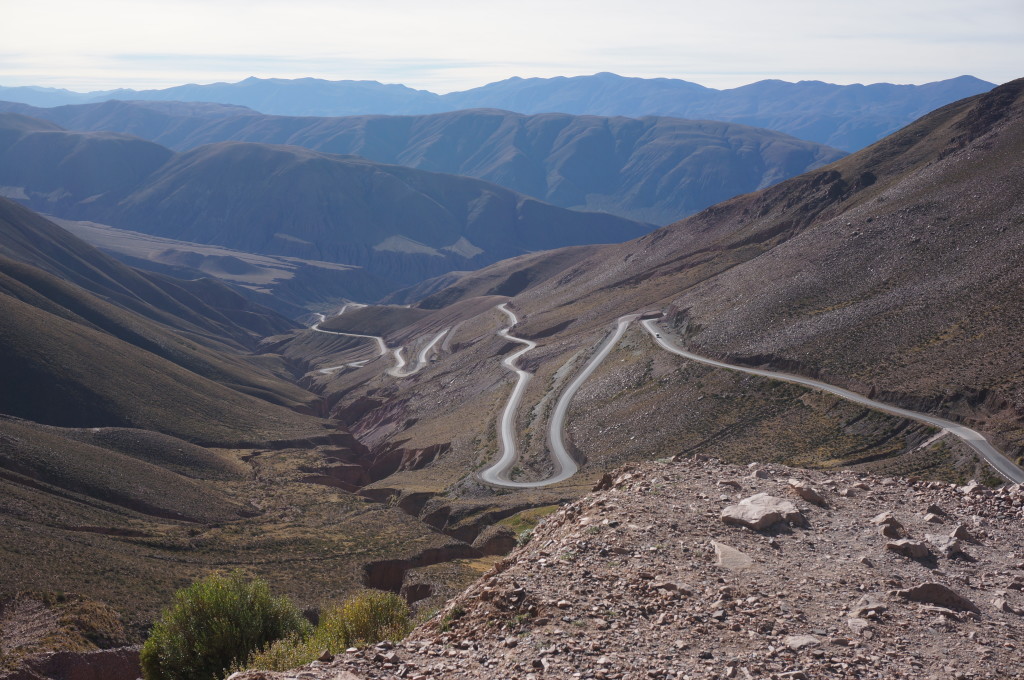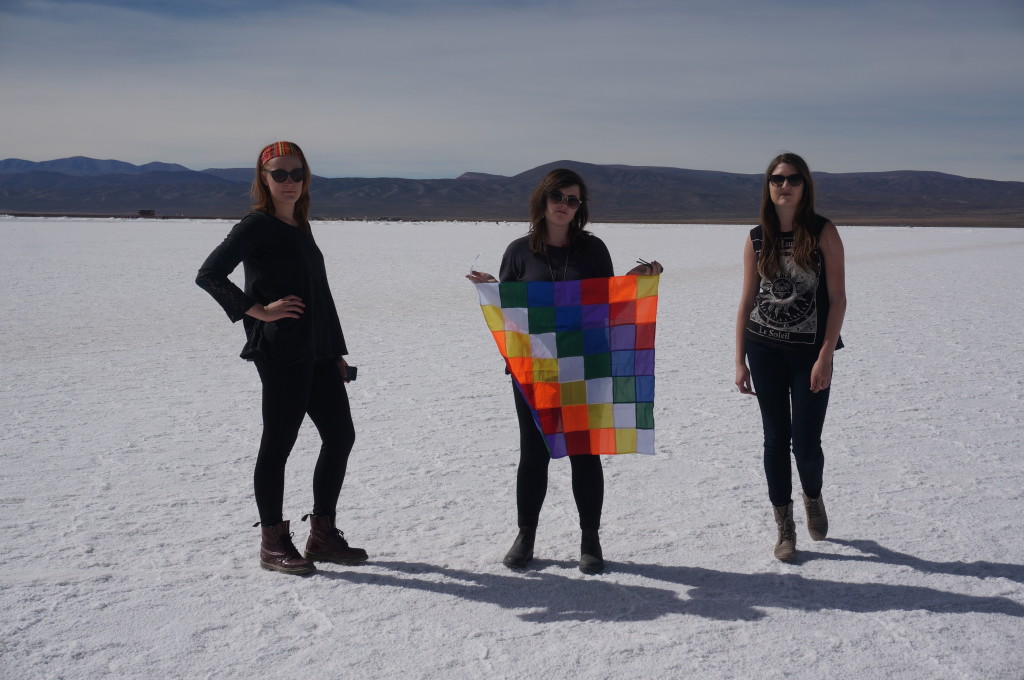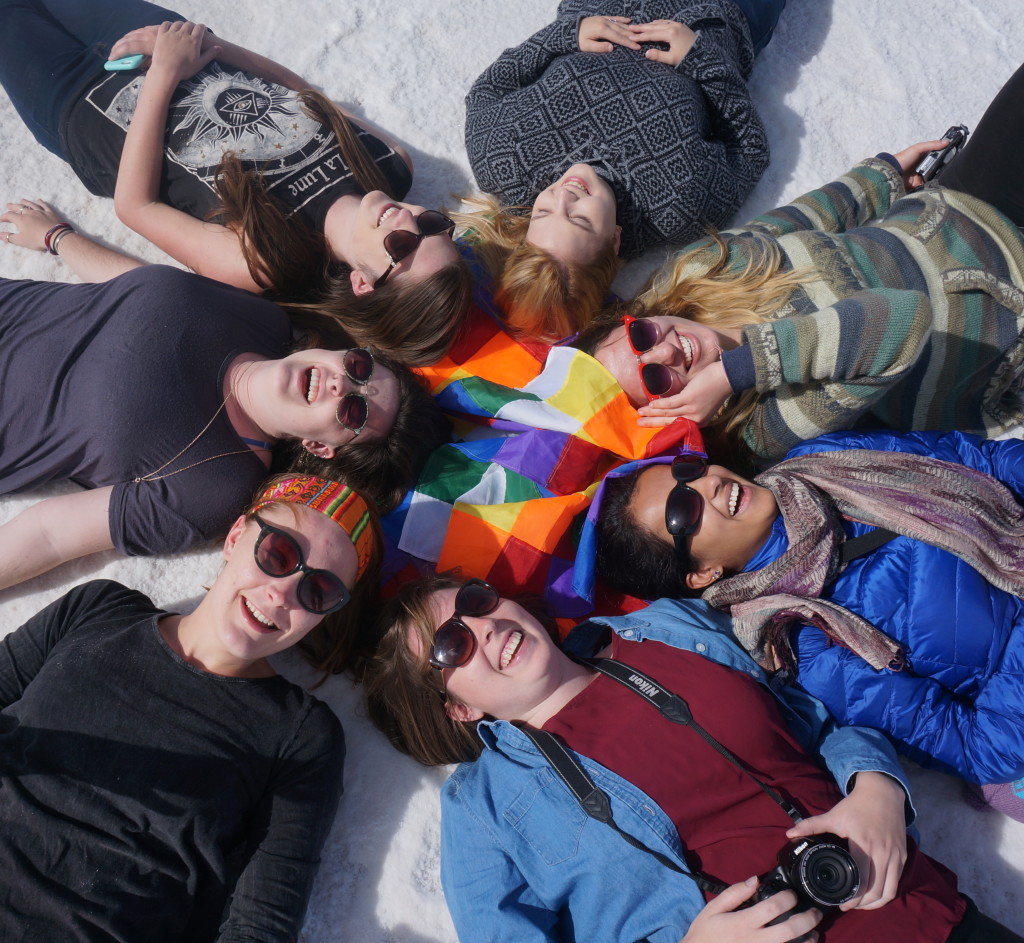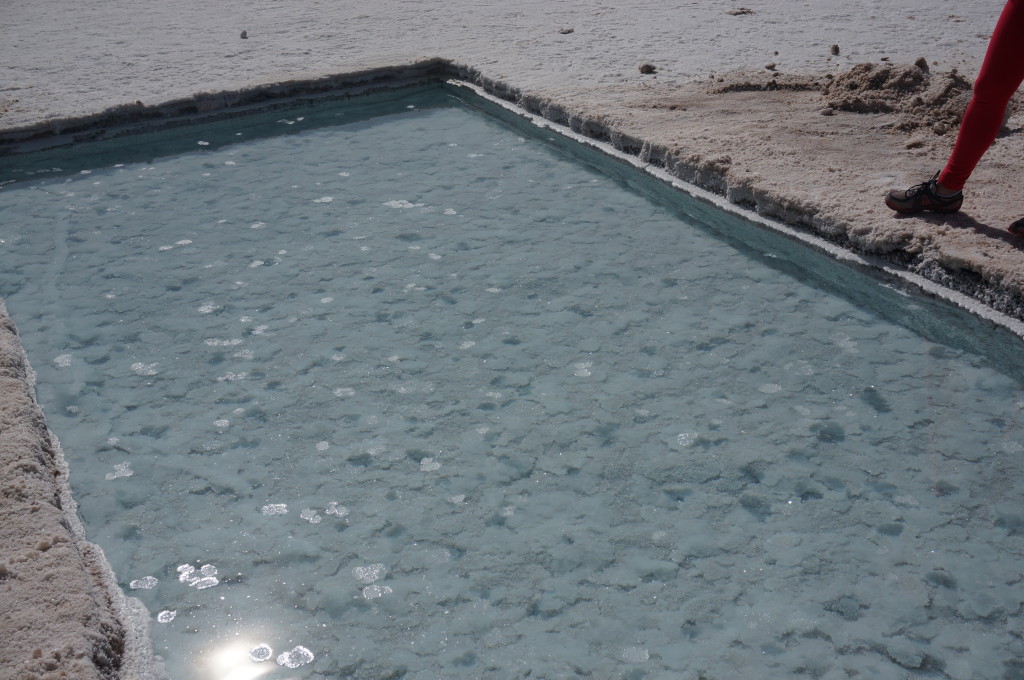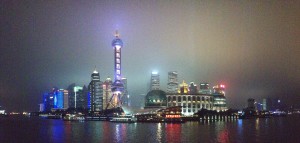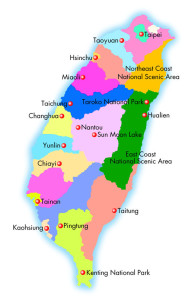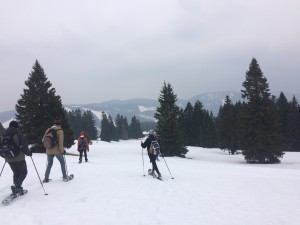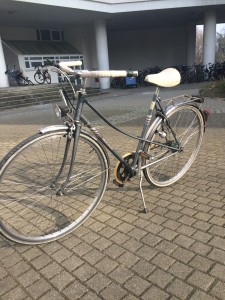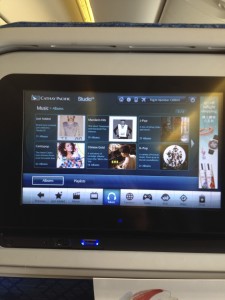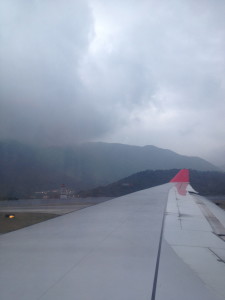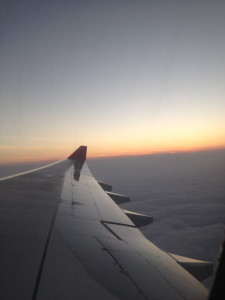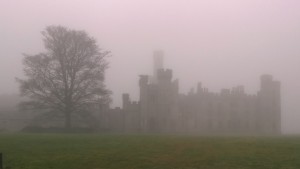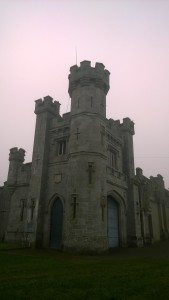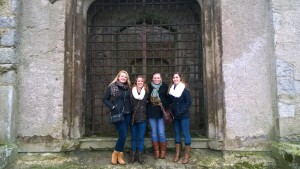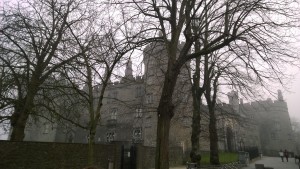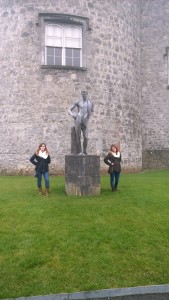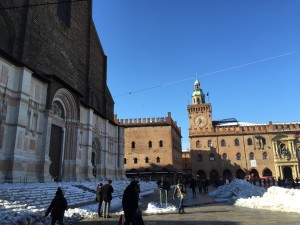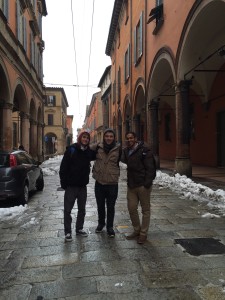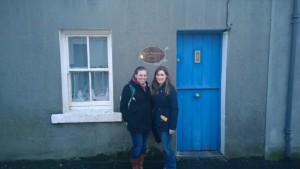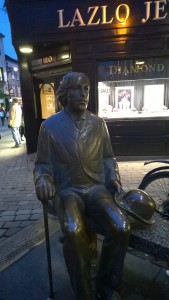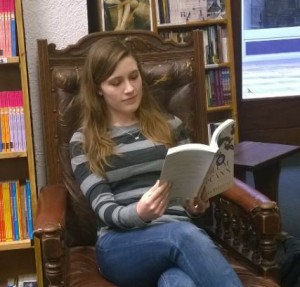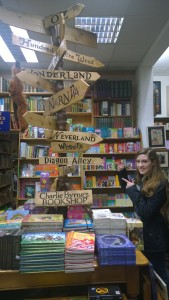Our guide on our trip to Salta and Jujuy provinces shared the aphorism in the title of this blog with us, and it really sums up the most important lessons I’ve learned in Argentina.
Time
At Penn State, I have an alarm set almost everyday to wake up, get to class on time, or accomplish some work. I have almost every minute of my day planned out from the moment my alarm goes off, and I have this all organized on my Google calendar. I have multiple calendars to organize which events are for the Red Cross and which are for the Society of Women Engineerings; I make sure I spend enough time in the research lab every week; and I have reminders set on my phone fifteen minutes before every event in case I am immersed in a problem set. I know— I am very anal retentive. But, I love being busy and love the work that I do for school and for different clubs on campus.
However, coming to Argentina, I knew I wouldn’t have so much homework or so many extracurriculars and would have more free time for other important things like exploring the city and traveling. I adjusted easily to this change, but I didn’t consider other cultural adjustments that I would have to make. However, staying in South America for sixth months, I quickly realized that there is a completely different concept of time here.
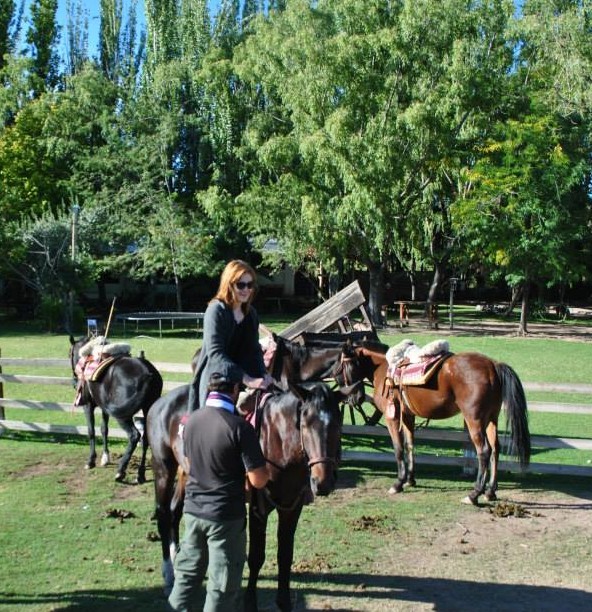
For example, pretty much nothing starts on time: whether it be a class, a touristic event, or an activity organized by IES. My teachers in university normally show up about ten minutes late. Sometimes I even am on the same bus with my professor, and we both arrive to the university a half hour early before class. So, I know she is on the campus, yet she still arrives 15 minutes late to our class. It’s also not like at Penn State where if the professor isn’t there fifteen minutes into the scheduled time for class, all the students leave. In the US, it is generally understood that students could be doing something better with our time if the teacher failed to notify them that he or she would be late or absent. But, in my university course here, we have sat more than a half hour two times during the semester for our professor.
Transportation also complicates being timely here. There are no schedules, no general rules of intervals for buses nor subways here. So any American that is pretty concerned about punctuality or preoccupied with timeliness would feel culture shock coming to Argentina. But for me, with my very type A personality, adjusting to their conception of time was my biggest challenge.
Flexibility
Argentines adapt easily, not only because they have a looser concept of time, but also because they have suffered a lot of drastic political and economic changes in their lifetimes. Democracy in Argentina is less than 40 years old, and before it was established, Argentina suffered dictatorship after dictatorship. In 2001, they also suffered an economic default that closed the banks for an entire year and still affects their economy today. I mentioned in my last post about inflation here: about forty percent annually. Because of high inflation, there is also a lack of printed money here. In the provinces, people can go to the bank and there can often be no money in the ATM to make a withdraw. Also because it is a developing country, there are some times when electricity is cut because there isn’t enough of it to go around between industry and the population. However, Argentines learn to adapt to these issues and have proven very resilient despite these political and economic difficulties. So I could learn how to be more flexible from some of the best.
So, I learned how to adapt adeptly in Argentina. To be honest, I pretty much have left my type A personality behind so that I do not have a mental breakdown. Nevertheless, I have learned so much from my newfound type B personality.
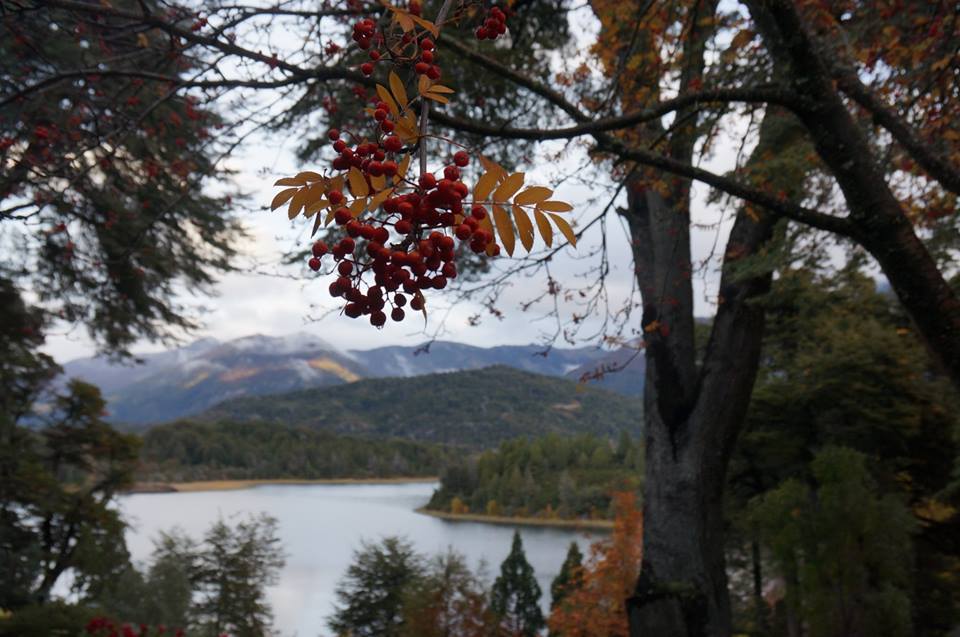 I now relish the moments where I can just enjoy time pass by without any worry. For advising appointments here I don´t arrive 15 minutes early and fill the time before the appointment with homework. I arrive right on time, and normally my advisor is late anyways. But I don’t worry about it; I just sit and relax for a few minutes.
I now relish the moments where I can just enjoy time pass by without any worry. For advising appointments here I don´t arrive 15 minutes early and fill the time before the appointment with homework. I arrive right on time, and normally my advisor is late anyways. But I don’t worry about it; I just sit and relax for a few minutes.
I will go to a café after school to savor a rich café and sweet scone in solitude. While I wait for the bus to arrive, I can people watch on the sidewalk or appreciate the changing colors of a sunset. I can enjoy taking a simple photo of a vine on an urban wall or of grapes, hanging from a verdant vine.
Ironically, I didn’t bring my watch to Argentina. I love my beautiful watch, so I feared losing it or having it stolen while abroad. So I not only lost the tan line from my daily worn watch, but also lost my overwhelming preoccupation with optimizing time and productivity while in Argentina. When I return to the States next week, I will be happy to wear my lovely watch once again, but I will try to remember what I learned about being flexible and present in every moment.
Location: Carlos Pelegrini 1069, Capital Federal, Buenos Aires, Argentina


